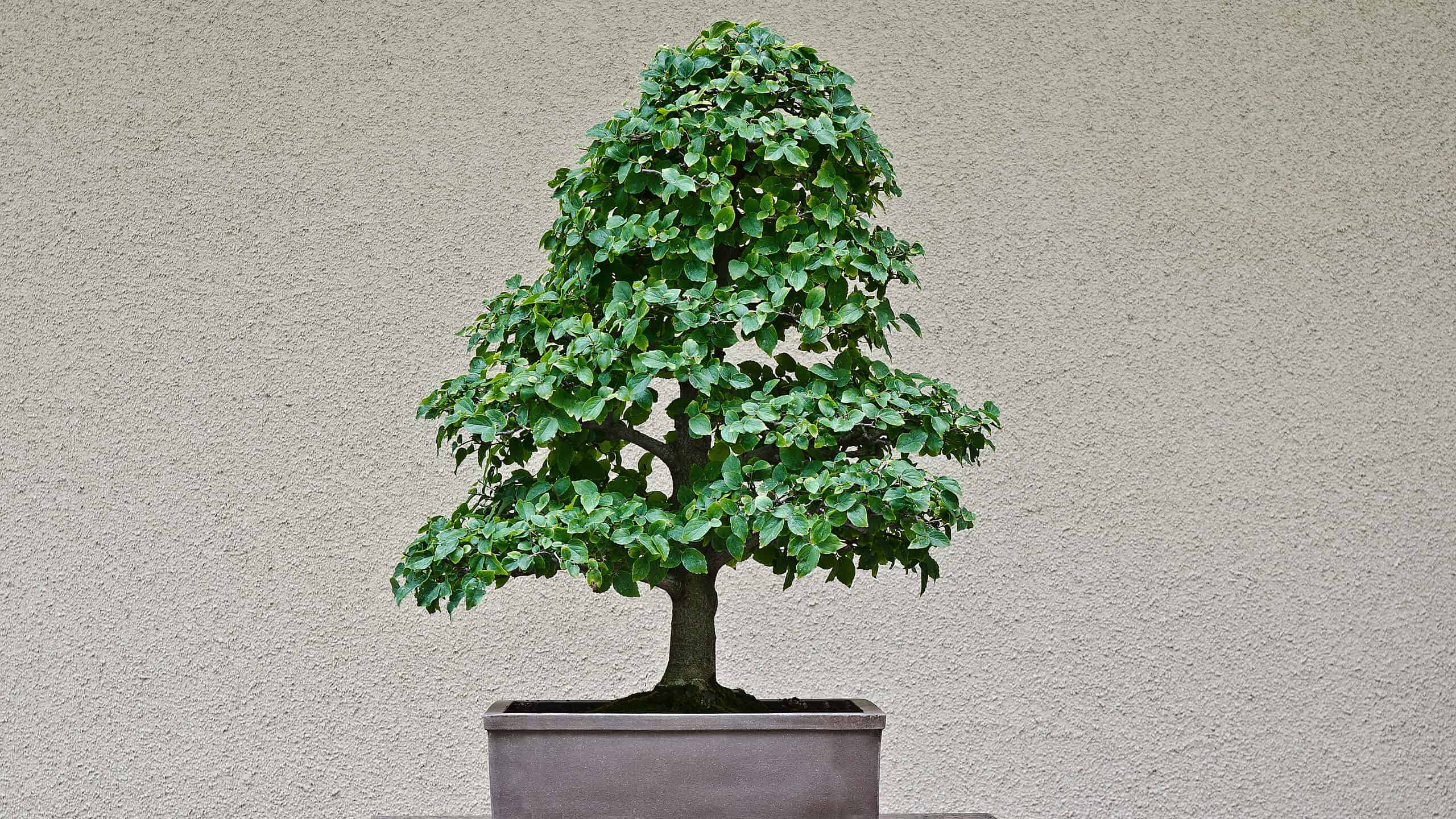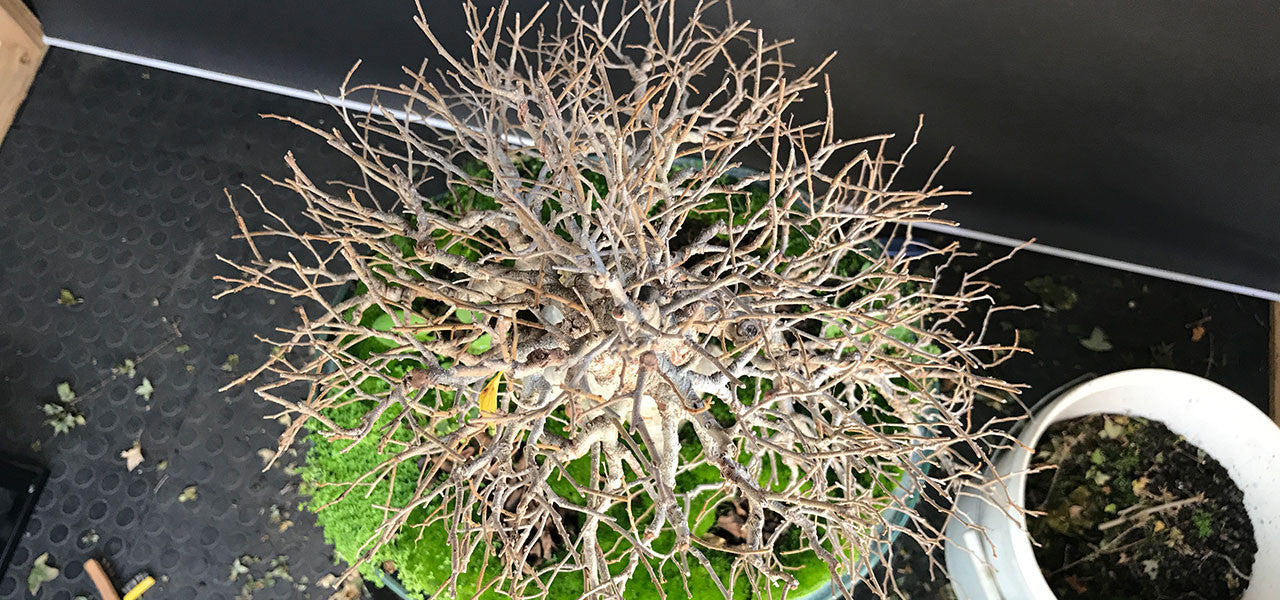Chinese Hackberry Bonsai trees require well-draining soil and regular pruning to maintain their shape. They thrive in full sun or partial shade.
Chinese Hackberry Bonsai trees, known for their resilience and adaptability, make excellent choices for beginners and seasoned enthusiasts alike. These trees flourish with minimal but consistent care, requiring well-draining soil to prevent root rot. Regular pruning helps maintain their intricate shapes, making them visually appealing.
They thrive in full sun or partial shade, allowing versatility in placement. Watering should be done when the soil feels dry to the touch. Fertilizing during the growing season promotes healthy growth. With their robust nature and aesthetic appeal, Chinese Hackberry Bonsai trees are a rewarding addition to any bonsai collection.
Introduction To Chinese Hackberry Bonsai
The Chinese Hackberry tree has a rich history. It is native to East Asia. People have grown it for hundreds of years. The tree is known for its strong wood. It has been used in furniture making. The Hackberry bonsai became popular in Japan. There, it is called “Enoki”. Bonsai lovers admire it for its beauty.
The Chinese Hackberry bonsai has unique features. Its leaves are small and glossy. The bark is rough and grey. It makes the tree look old and wise. This bonsai can grow berries. The berries are orange and small. The tree can tolerate both heat and cold. It is a hardy bonsai to grow.
Selecting The Right Tree
Selecting the right Chinese Hackberry Bonsai requires attention to its specific care needs. Ensure proper sunlight, watering, and pruning for healthy growth.
Choosing Healthy Specimens
Always pick trees with vibrant green leaves. Avoid trees with brown spots or wilted leaves. Check the roots for good health. Healthy roots are white and firm. Avoid trees with black or mushy roots. Examine the bark for any cracks or damage. Healthy bark should be smooth and intact. Look for new growth on branches. New growth shows a tree is healthy. Ensure the tree has evenly spaced branches. Even branches help the tree grow well.
Best Places To Buy
Buy bonsai trees from reputable nurseries. Nurseries often have experts to help you. Online stores like Bonsai Boy have good options. Local bonsai clubs can also be helpful. Members often sell healthy trees. Garden centers may have bonsai sections. Check them out for quality trees. Ensure the seller offers a guarantee. A guarantee shows confidence in their trees. Avoid buying from unknown sources. Unknown sources may sell unhealthy trees.
Ideal Growing Conditions
Chinese Hackberry Bonsai thrives in well-drained soil with good airflow. Ensure ample sunlight and moderate watering for optimal growth. Avoid waterlogging to prevent root rot.
Light Requirements
The Chinese Hackberry Bonsai tree needs bright light. Place it in a spot with full sunlight. At least 6 hours of direct sunlight each day is ideal. Avoid placing it in shady areas.
Temperature And Humidity
This bonsai tree prefers moderate temperatures. It thrives in temperatures between 60°F and 75°F. High humidity levels are also important. Ensure the air around the tree is moist. Mist the leaves regularly to maintain humidity.

Credit: a-z-animals.com
Watering Guidelines
Ensure consistent moisture for your Chinese Hackberry bonsai tree. Water thoroughly when the topsoil feels dry. Avoid waterlogging to prevent root rot.
Frequency Of Watering
Water the Chinese Hackberry Bonsai tree regularly. Ensure the soil remains moist but not waterlogged. Check the soil daily. Water when the top layer feels dry. Overwatering can harm the tree. Underwatering can cause wilting. Adjust the frequency based on the season. More water is needed during hot weather. Less water is needed during cooler months. Consistent care helps the tree thrive.
Water Quality
Use clean and filtered water for your bonsai. Avoid water with high mineral content. Tap water may contain chlorine. Chlorine can harm the tree. Let tap water sit for 24 hours before use. This allows chlorine to evaporate. Rainwater is an excellent choice. Rainwater is free of chemicals. Ensure water is at room temperature. Cold water can shock the roots. Proper water quality promotes healthy growth.
Soil And Fertilization
Proper soil and fertilization are crucial for Chinese Hackberry Bonsai Tree care. Ensure well-draining soil and apply balanced fertilizer monthly during the growing season.
Soil Types
The Chinese Hackberry Bonsai needs well-draining soil. Sandy soil works best for this bonsai. You can also use a mix of sand and clay. Avoid using dense soil. It can cause water to stay too long. This can damage the roots.
Nutrient Needs
This bonsai needs balanced fertilizer. You can use a mix of nitrogen, phosphorus, and potassium. Fertilize the bonsai every two weeks. Do this during the growing season. Reduce fertilization in winter. Too much fertilizer can harm the bonsai. Always follow the instructions on the fertilizer package.

Credit: www.bonsaitree.co.za
Pruning And Shaping
Pruning helps keep the Chinese Hackberry Bonsai healthy. Remove dead or diseased branches first. Cut back long shoots to shape the tree. Use sharp tools to make clean cuts. Trim the tree during the growing season.
Wiring helps shape the bonsai. Wrap thin wire around branches. Bend them gently to the desired position. Keep the wires on for a few months. Defoliation is another method. Remove all leaves to promote new growth. This makes the tree look fuller. Always monitor the tree’s health.
Pest And Disease Management
Spider mites and aphids often attack Chinese Hackberry bonsai trees. These pests can damage leaves and branches. Inspect your bonsai tree regularly. Look under the leaves and on the stems. Use a gentle spray of water to remove small infestations. For larger infestations, use insecticidal soap. Neem oil can also be effective. Always follow the product instructions for safety.
Good air circulation helps prevent diseases. Avoid overwatering to prevent root rot. Water the soil, not the leaves. Remove any dead leaves or branches. This stops the spread of disease. Keep the bonsai tree in a sunny spot. Healthy trees resist diseases better. Regularly check for signs of disease. Early detection is key to successful treatment.
Seasonal Care
Spring and summer are the growing seasons. Water the tree regularly. Ensure the soil stays moist. Avoid waterlogging. Fertilize the tree every two weeks. Use a balanced fertilizer. Prune the branches to shape the tree. Remove dead or weak branches.
During fall, reduce watering. Let the soil dry slightly between watering. Stop fertilizing the tree. In winter, protect the tree from frost. Move it indoors if needed. Keep the tree in a cool spot. Ensure it gets enough light.

Credit: www.bonsaitree.co.za
Conclusion
Caring for a Chinese Hackberry Bonsai tree enhances your gardening skills. Consistent watering, proper sunlight, and regular pruning are key. Keep an eye on pests and diseases to ensure a healthy bonsai. With patience and dedication, your bonsai will thrive, adding beauty to your space.
Enjoy the rewarding experience of bonsai care.

